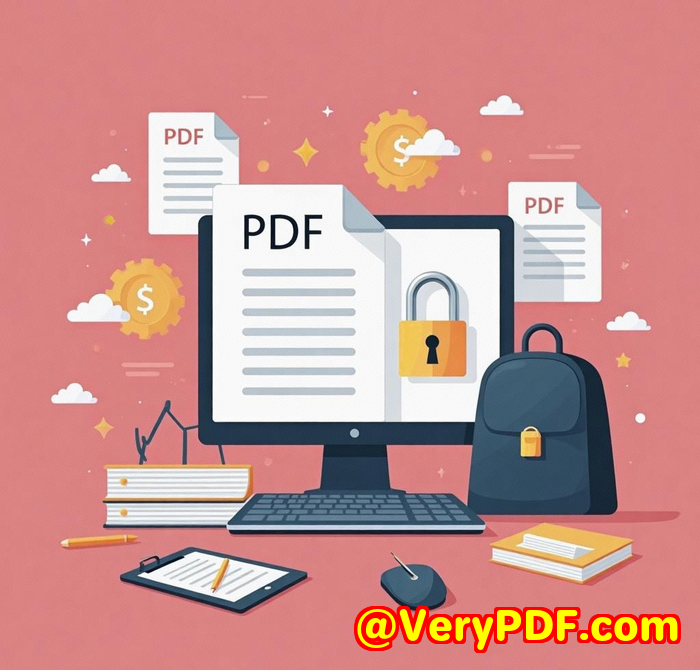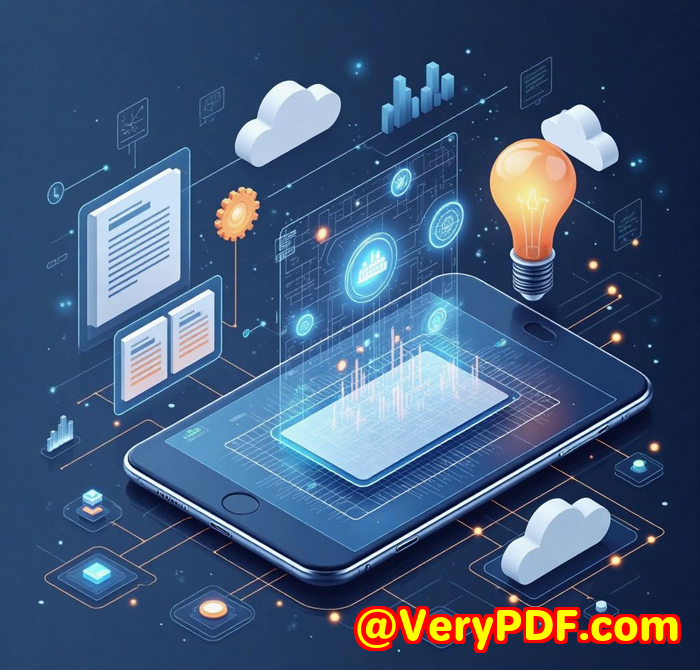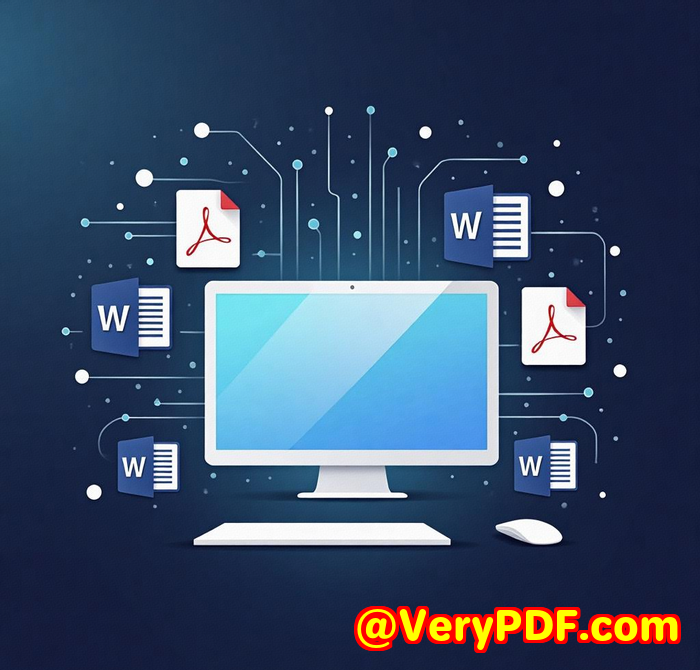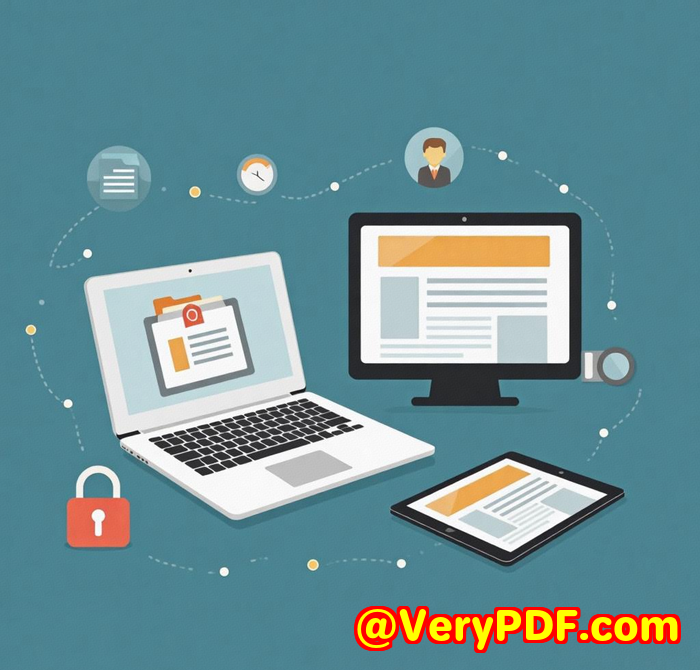VeryPDF vs Pdfcrowd The Best HTML to PDF API for Developers Working With Multilingual Content
VeryPDF vs Pdfcrowd: The Best HTML to PDF API for Developers Working With Multilingual Content
Every time I worked on web projects that needed reliable HTML to PDF conversions, especially with multilingual content, I felt stuck. I remember the countless nights wrestling with conversion tools that butchered fonts, messed up layouts, or just plain failed to handle non-English characters properly. The frustration was real, especially when deadlines loomed. If you've ever tried turning a complex webpage into a perfectly formatted PDF, you know it's rarely smooth sailingparticularly when your site supports multiple languages.

That's when I discovered VeryPDF Webpage to PDF Converter API for Developers. This tool changed everything for me. Unlike other converters I'd tested, VeryPDF doesn't just churn out PDFsit respects the intricacies of the original HTML, handles multilingual text flawlessly, and lets you tweak every detail without hassle.
Here's why this API became my go-to, especially compared to Pdfcrowd, a popular alternative that many developers consider.
Why VeryPDF Stands Out for Developers Working With Multilingual Content
First off, the VeryPDF API is built on an advanced browser-based rendering engine powered by Google Chrome. What does this mean? It supports all modern web featuresthink CSS Grid, Flexbox, custom web fonts, and responsive designs. If you've ever had a PDF conversion where the styling was off or fonts got replaced by ugly defaults, you'll appreciate how VeryPDF nails these details perfectly. This is crucial when dealing with languages that require special fonts or right-to-left text direction.
Pdfcrowd, while decent, sometimes struggles with complex layouts or less common character sets. I tested both by converting pages in Japanese, Arabic, and Cyrillic scripts, and VeryPDF handled every one without breaking a sweat.
Key Features That Make VeryPDF a Developer's Best Friend
-
HTML to PDF in under 2 seconds
Speed matters when you're building automated workflows. With VeryPDF, even large HTML documents convert lightning-fast without compromising quality.
-
Full CSS and Javascript support
Many converters skip Javascript execution, which can break dynamic content. VeryPDF waits for all custom elements to load and execute scripts, so your PDFs look exactly like the live webpage.
-
Customisable headers, footers, and page sizes
Need to brand your PDF invoices or reports? You can add dynamic headers and footers with page numbers, dates, or any text. Plus, the ability to set custom paper sizes means your documents always print perfectly.
-
Secure conversions with 128-bit encryption
If you work with sensitive data, VeryPDF's encryption options keep your files safe. It's also HIPAA compliant, making it a solid choice for healthcare apps handling private records.
-
Supports third-party libraries and frameworks
Whether your site uses Bootstrap, Tailwind, or Bulma, VeryPDF's API plays nice. It can also render Javascript charts or Google Maps embedded in pages flawlessly.
-
Batch processing and parallel conversions
When generating hundreds of PDFs in one go, the API's webhook and parallel conversion features drastically cut down processing time.
My Experience Using VeryPDF Compared to Pdfcrowd
When I first started, I gave both VeryPDF and Pdfcrowd a spin on a client's multilingual e-commerce platform. The client needed product catalogues in English, Chinese, and Arabic all converted to PDF automatically for offline distribution.
Pdfcrowd produced PDFs that looked decent but had issues:
-
Fonts substituted incorrectly in Arabic text, causing readability problems.
-
Complex page layouts didn't translate well; some elements overlapped or disappeared.
-
The lack of advanced API options made customising headers and footers frustrating.
With VeryPDF, the differences were clear:
-
Arabic and Chinese characters rendered perfectly, preserving font styles and spacing.
-
The flexible API let me add dynamic headers with page numbers and timestamps easily.
-
I customised page sizes for different catalogues to match the print formats.
-
It integrated smoothly into my Node.js backend with minimal fuss.
The speed was a surprise, toowhat used to take minutes now happened in seconds. And the security features gave my client peace of mind about data privacy.
When Does VeryPDF Make the Most Sense?
If you're a developer working on:
-
Multilingual websites that need accurate PDF exports without fuss
-
SaaS products generating invoices, reports, or marketing materials automatically
-
Healthcare or legal tech requiring secure, compliant document conversions
-
Dynamic content-heavy pages with Javascript and complex layouts
-
Bulk PDF generation with custom branding and page settings
Then, VeryPDF's Webpage to PDF Converter API is absolutely worth a look.
Final Thoughts: Why I Recommend VeryPDF Over Pdfcrowd
The truth is, not all HTML to PDF APIs are created equal. I've been around the block enough times to know that the devil is in the details: font handling, layout fidelity, speed, and security. VeryPDF excels in all these areas, especially if you work with multilingual content or need scalable, automated solutions.
If you want to avoid the headache of messy conversions and deliver professional-quality PDFs every time, I'd highly recommend giving VeryPDF a try.
Start your free trial now and boost your productivity: https://www.verypdf.com/online/webpage-to-pdf-converter-cloud-api/try-and-buy.html
Custom Development Services by VeryPDF
VeryPDF isn't just about ready-to-use toolsthey also offer custom development services tailored to your specific needs. Whether you're working on Linux, macOS, Windows, or server environments, their expertise covers a wide range of technologies including Python, PHP, C/C++, JavaScript, C#, .NET, and more.
If you need custom Windows Virtual Printer Drivers that generate PDFs or images, tools for intercepting and monitoring print jobs, or solutions that analyse and process complex document formats like PDF, PCL, or Postscript, VeryPDF's development team has you covered.
They also specialise in advanced OCR, barcode recognition, report generation, and cloud-based document management systems. And if your project requires HIPAA-compliant security or DRM protections, they're well equipped to help.
For bespoke solutions or specific integration needs, reach out to VeryPDF's support centre at http://support.verypdf.com/ to discuss your project.
Frequently Asked Questions
1. Can I try VeryPDF without creating an account?
Yes, you can test the API and see how it performs before committing.
2. Does VeryPDF support batch HTML to PDF conversions?
Absolutely. You can schedule batch jobs and use parallel processing to speed up conversions.
3. What happens if I exceed my usage limits?
Additional conversions are billed as overages based on your plan. It's easy to monitor and upgrade as needed.
4. Is my data stored after conversion?
No, by default your data is not stored. However, you can enable optional storage for up to one month.
5. Are there SDKs or client libraries available?
Currently, there aren't official SDKs, but the RESTful API is straightforward to integrate with any programming language.
Tags and Keywords
-
HTML to PDF API
-
Multilingual PDF conversion
-
VeryPDF vs Pdfcrowd
-
Automated document generation
-
Secure PDF conversion
-
Webpage to PDF converter
-
HIPAA compliant PDF API
-
Batch PDF conversion tools
-
Dynamic PDF headers and footers
-
High-fidelity HTML rendering



